All of us are different, you might say. Though we are also very much alike. Humans are part of nature, one with it even. Only it seems we have forgotten to show the range of colours and varieties our species has, and how we live with, and because of other species. Often, a narrow, one-sided perspective is the norm. If we know only yellow, how will we be able to see the full rainbow?
For a long time now, information about healthy, complete, white heterosexual biology has been accessible. Because of the primary focus on this specific body, many groups, including the queer community, have suffered disinformation and limited understanding of their own bodies. How can we show who we are when we do not know who that is?
What is it?
The atlas of queer anatomy is a new, more inclusive variant of the widely-used “Atlas of Human Anatomy” from 1957 by Frank H. Netter, illustrator and surgeon. Contrary to this book, The atlas of queer anatomy contains illustrations of (queer) illnesses, viruses and bacteria. Not only genitals but also the combination of different parts of the body like the tongue or the anus for example.
Besides showing different ways the human body can be, it also aims to show how we live in symbiosis with flora and bacteria. Therefore it is a guide that provides a broader perspective than is usually portrayed.
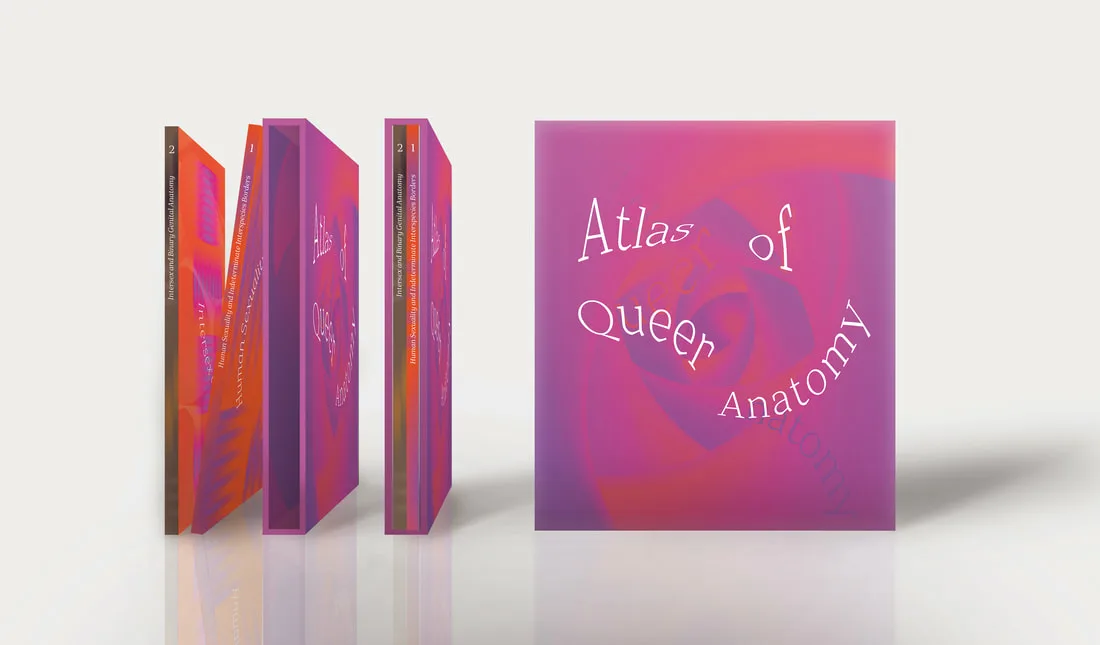
The book was made by combining the knowledge and skills of artist Kuang-Yi
Ku and Prof Dr Henry de Vries, who is an expert on infectious diseases at the GGD in Amsterdam. Both of them saw the importance of an inclusive anatomic atlas because of the danger of exclusion. Besides this, the book gets input from workshops with youngsters who can re-imagine the way our bodies are portrayed.
Why is it cool?
This book is interesting as it brings us both a new perspective and allows us to interact with it. The clear, bright-coloured portrayal of serious diseases invites the reader to explore their own nature and biology. As the atlas is so drastically different from the original anatomy book, it shows how much broader the spectrum is even with regard to bodies. Besides this, it spreads the message that illnesses are part of life and we live together with germs. We co-exist.
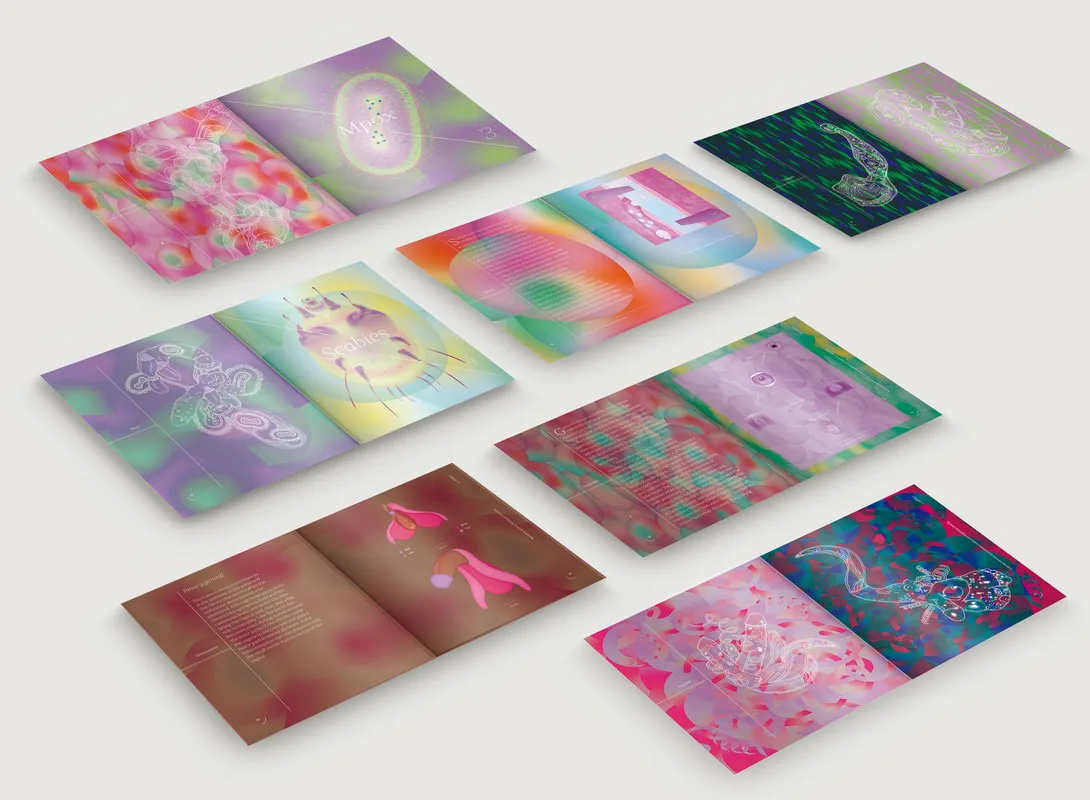
This time around, not only experts but also young medics and designers get the chance to visualise what happens in the body. New ways of communicating make biological knowledge more accessible to the public. If we are able to understand, this means we could start to provide the right care.
Why does it have future potential?
More and more people are starting to realise that we need to be more inclusive. But why? you might ask. If we are able to understand each other, we can provide the help we need. You cannot nurture something you do not know about. Diversity has always existed but because of the tendency to structure and order, people became used to one specific type of human, world and reality. Now that we realise we have been fooling ourselves, we aim to explore different views besides our own. Soon, we will be able to comprehend. It is something we crave, to be understood, to be loved.
Let’s bridge the gap again, to ourselves, to another and to nature. Come closer, and you’ll see all the colours the world holds.
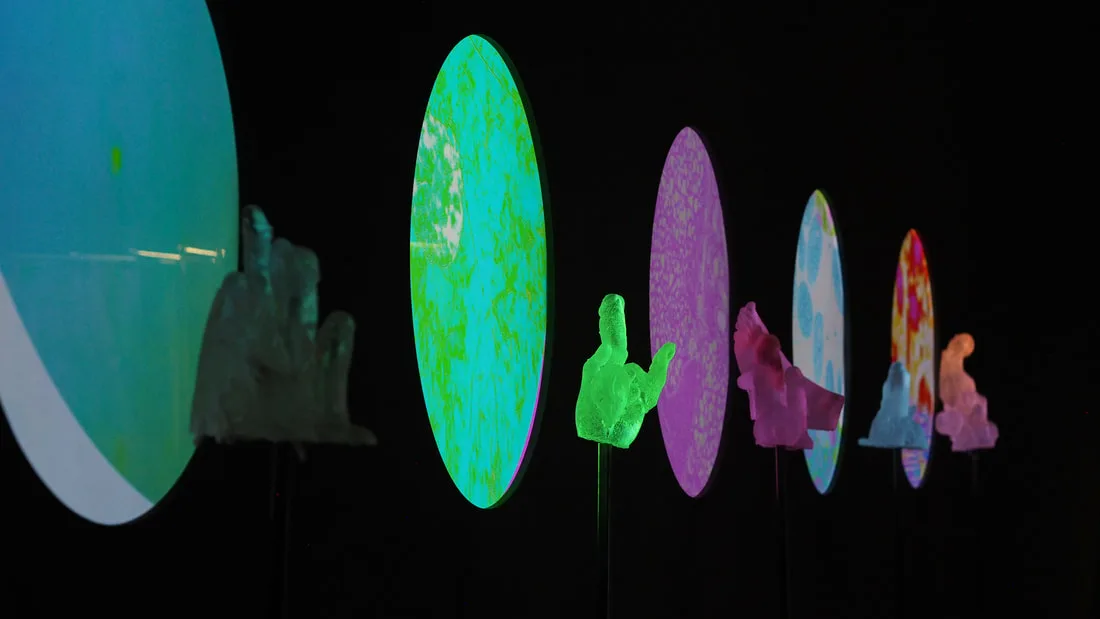


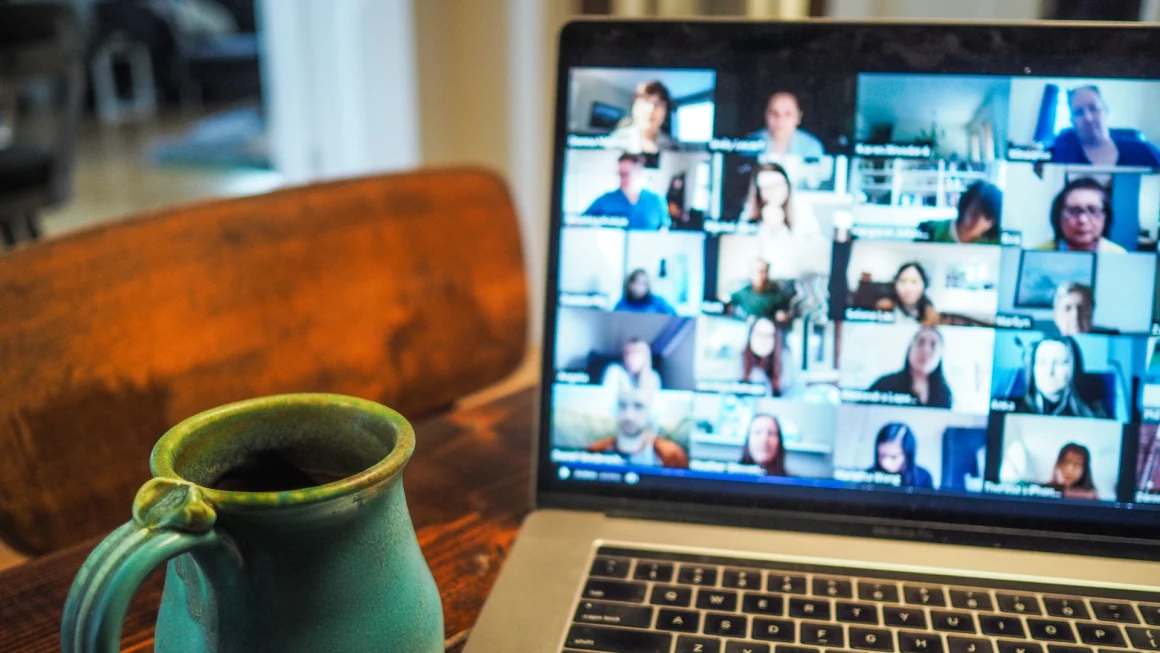

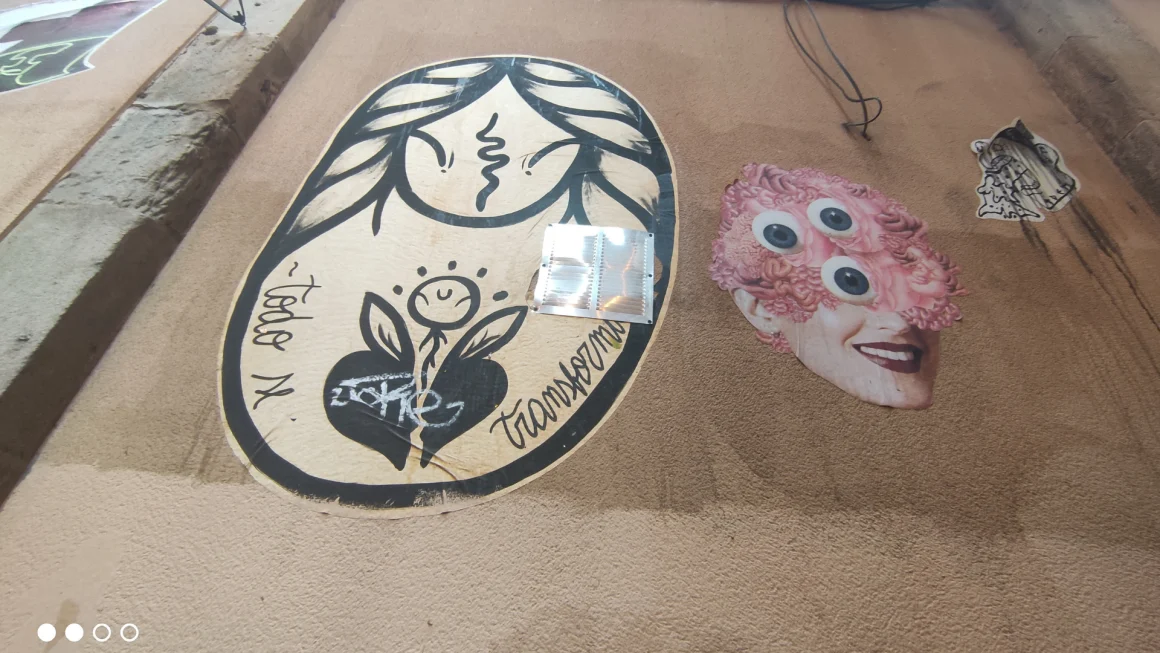

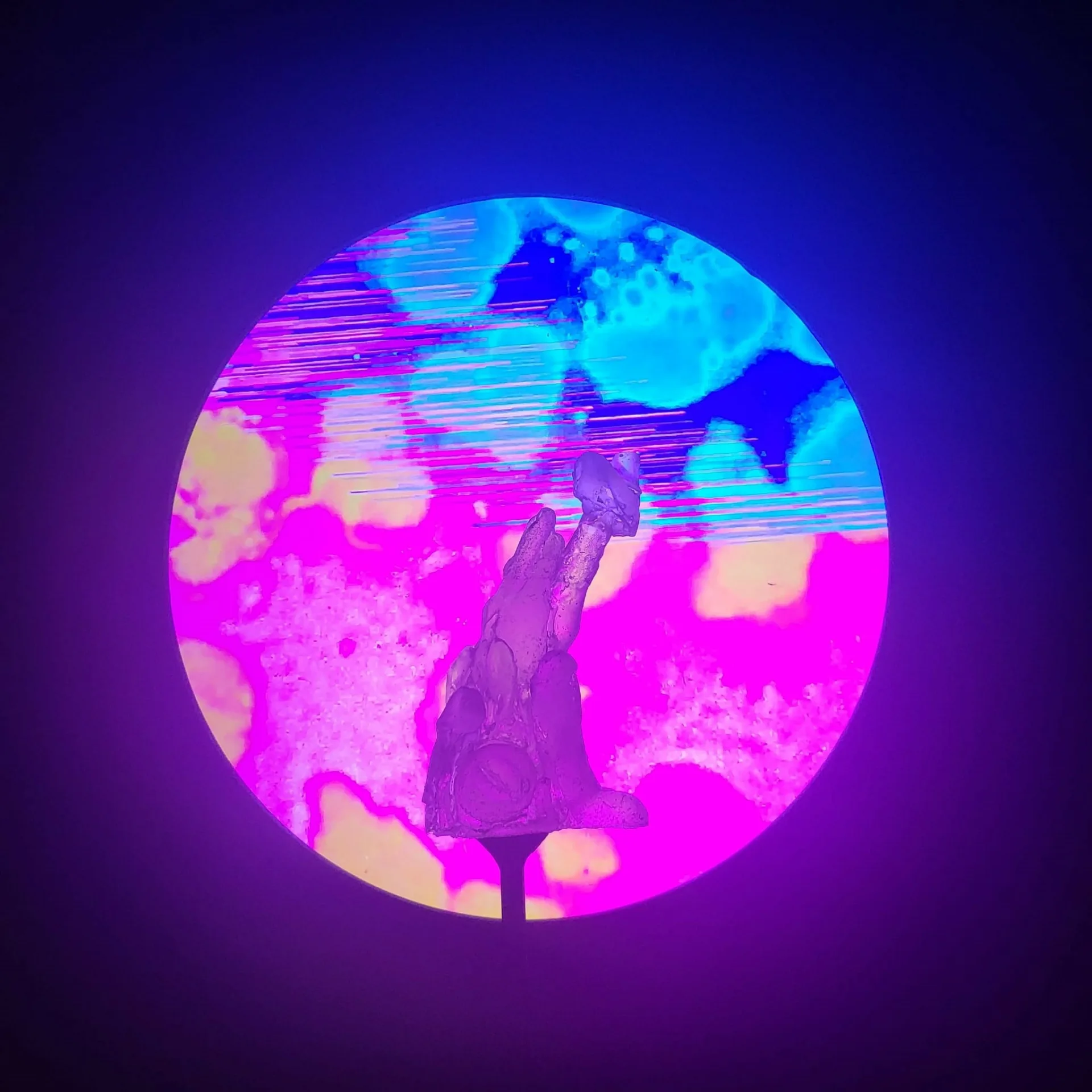
Yue Tan
The main key inspiring me is that this Professional Book is applied another VISUAL way to demonstrate the Arts and Aesthetics of our internal- body. Meanwhile, this type of Hand-Draw really would attract more attentions from youth to interact the process of Bio-Arts.
Furthermore, we can try to combine every different subjects using out-of-ordinary tools, for instance arts, AI, or anything new & appropriate technology, to illustrate the unique perspectives.
Thanks for sharing.
Yue